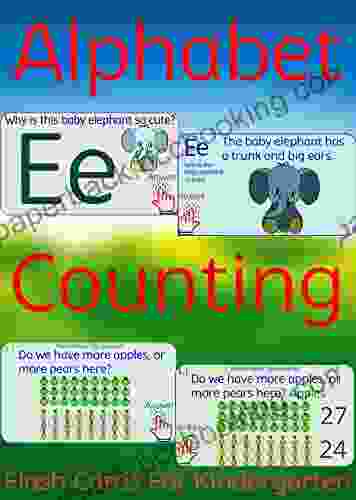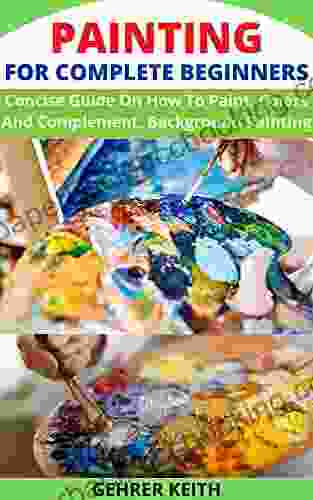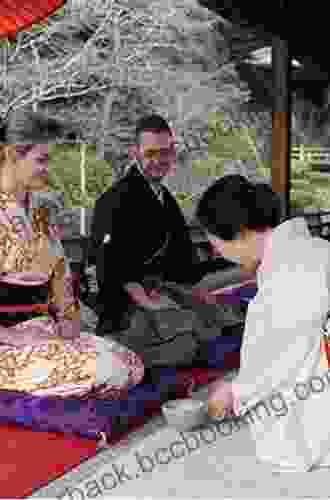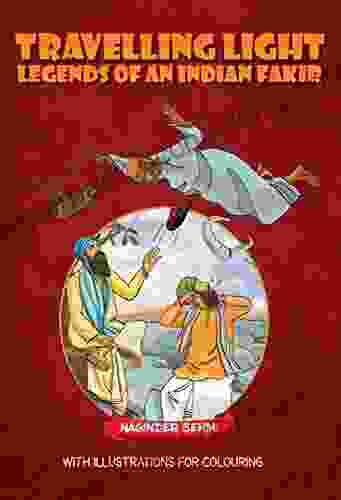Concise Guide On How To Paint Colors And Complement Background Painting

Color is one of the most important elements of painting. It can be used to create a variety of effects, from creating a sense of depth and space to conveying emotions and ideas. In this guide, we will discuss the basics of color theory, how to choose complementary colors, and how to use background painting techniques to create a harmonious and visually appealing painting.
4.5 out of 5
| Language | : | English |
| File size | : | 498 KB |
| Text-to-Speech | : | Enabled |
| Screen Reader | : | Supported |
| Enhanced typesetting | : | Enabled |
| Print length | : | 26 pages |
| Lending | : | Enabled |
Color Theory
Color theory is the study of how colors interact with each other. It can be used to create a variety of effects, such as creating a sense of depth and space, conveying emotions and ideas, and creating a sense of harmony and balance. There are three main color theories: the additive color theory, the subtractive color theory, and the color wheel.
- Additive color theory is based on the way that light works. When two or more colors of light are combined, they create a new color. For example, when red light and green light are combined, they create yellow light.
- Subtractive color theory is based on the way that pigments work. When two or more pigments are mixed, they create a new color. For example, when red pigment and green pigment are mixed, they create brown pigment.
- The color wheel is a circular diagram that shows the relationships between different colors. The color wheel can be used to create a variety of color schemes, such as complementary color schemes, analogous color schemes, and monochromatic color schemes.
Complementary Colors
Complementary colors are colors that are opposite each other on the color wheel. They are often used together to create a sense of contrast and excitement. For example, blue and orange are complementary colors. When used together, they can create a very eye-catching effect.
Complementary colors can also be used to create a sense of depth and space. When a light color is placed next to a dark color, it will appear to recede into the background. This effect can be used to create the illusion of depth in a painting.
Background Painting Techniques
The background of a painting can play a very important role in the overall composition. It can be used to create a sense of depth and space, to set the mood of the painting, and to draw attention to the focal point.
There are a variety of background painting techniques that can be used to create different effects. Some of the most common techniques include:
- Blocking in is a technique where the background is painted in with a single color or value. This can be used to create a simple and clean background that does not distract from the focal point.
- Layering is a technique where multiple layers of paint are applied to the background. This can be used to create a more complex and interesting background that adds depth and texture to the painting.
- Glazing is a technique where thin layers of transparent paint are applied to the background. This can be used to create a luminous and ethereal effect that adds depth and richness to the painting.
- Scumbling is a technique where thin layers of opaque paint are applied to the background. This can be used to create a textured and mottled effect that adds interest and depth to the painting.
Color is one of the most important elements of painting. It can be used to create a variety of effects, from creating a sense of depth and space to conveying emotions and ideas. By understanding the basics of color theory, how to choose complementary colors, and how to use background painting techniques, you can create harmonious and visually appealing paintings that will capture the attention of viewers.
4.5 out of 5
| Language | : | English |
| File size | : | 498 KB |
| Text-to-Speech | : | Enabled |
| Screen Reader | : | Supported |
| Enhanced typesetting | : | Enabled |
| Print length | : | 26 pages |
| Lending | : | Enabled |
Do you want to contribute by writing guest posts on this blog?
Please contact us and send us a resume of previous articles that you have written.
 Book
Book Novel
Novel Page
Page Chapter
Chapter Text
Text Story
Story Genre
Genre Reader
Reader Library
Library Paperback
Paperback E-book
E-book Magazine
Magazine Newspaper
Newspaper Paragraph
Paragraph Sentence
Sentence Bookmark
Bookmark Shelf
Shelf Glossary
Glossary Bibliography
Bibliography Foreword
Foreword Preface
Preface Synopsis
Synopsis Annotation
Annotation Footnote
Footnote Manuscript
Manuscript Scroll
Scroll Codex
Codex Tome
Tome Bestseller
Bestseller Classics
Classics Library card
Library card Narrative
Narrative Biography
Biography Autobiography
Autobiography Memoir
Memoir Reference
Reference Encyclopedia
Encyclopedia Turid Rugaas
Turid Rugaas Michael Hirsh
Michael Hirsh Reshma Saujani
Reshma Saujani Timothy A Sisemore
Timothy A Sisemore Tim Fortner
Tim Fortner Mitchell Smith
Mitchell Smith Tiger Toledo
Tiger Toledo Perre Coleman Magness
Perre Coleman Magness Mark M Meerschaert
Mark M Meerschaert Sandra Markle
Sandra Markle Rona Arato
Rona Arato Maria Adolfsson
Maria Adolfsson Ron Rash
Ron Rash Melanie Clarke
Melanie Clarke Yuxi Hayden Liu
Yuxi Hayden Liu Tererai Trent
Tererai Trent Oliver Bullough
Oliver Bullough Loden Sherap Dagyab
Loden Sherap Dagyab Roy Liebman
Roy Liebman Natalie Hodges
Natalie Hodges
Light bulbAdvertise smarter! Our strategic ad space ensures maximum exposure. Reserve your spot today!

 Miguel de CervantesUnveiling the Secrets of the Final FRCA Structured Oral Examination: A...
Miguel de CervantesUnveiling the Secrets of the Final FRCA Structured Oral Examination: A...
 Jeff FosterImmerse Yourself in the Extraordinary: The Best Science Fiction and Fantasy...
Jeff FosterImmerse Yourself in the Extraordinary: The Best Science Fiction and Fantasy... Robert FrostFollow ·15.5k
Robert FrostFollow ·15.5k David Foster WallaceFollow ·18.8k
David Foster WallaceFollow ·18.8k Maurice ParkerFollow ·16k
Maurice ParkerFollow ·16k Roger TurnerFollow ·16.4k
Roger TurnerFollow ·16.4k D'Angelo CarterFollow ·16.5k
D'Angelo CarterFollow ·16.5k Neil GaimanFollow ·19.9k
Neil GaimanFollow ·19.9k Cormac McCarthyFollow ·16k
Cormac McCarthyFollow ·16k Tom HayesFollow ·2.1k
Tom HayesFollow ·2.1k

 E.M. Forster
E.M. ForsterBluewater Walkabout: Into the Pacific
An Unforgettable...

 Joseph Foster
Joseph FosterUnlock the Secrets of Standardized Test Success with Test...
Are you tired of struggling with standardized...

 Joe Simmons
Joe SimmonsUnlock Learning with Flash Cards for Kindergarten:...
Ignite a Passion for...

 Raymond Parker
Raymond ParkerJourney into the Enchanting World of "The Heart Kingdom"...
A Timeless Tale of Love,...
4.5 out of 5
| Language | : | English |
| File size | : | 498 KB |
| Text-to-Speech | : | Enabled |
| Screen Reader | : | Supported |
| Enhanced typesetting | : | Enabled |
| Print length | : | 26 pages |
| Lending | : | Enabled |











